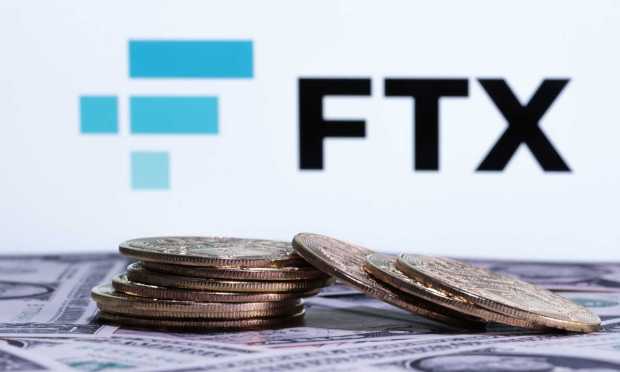FTX’s 116-Page Creditor List Includes Netflix and Apple

A newly released list of FTX’s creditors reveals the scope of the bankrupt cryptocurrency company’s collapse.
The 116-page document, filed by the company late Wednesday (Jan. 25), shows that FTX owes money to investment firms, tech companies, banks, media outlets, state governments, the finance ministries of Vietnam, India and Japan and other crypto firms.
The document does not reveal how much each creditor has owed, although FTX has said that it owes about $3 billion to the top 50 of its estimated 1 million creditors following its implosion and bankruptcy last year.
That collapse continues to send shockwaves through the crypto industry and has FTX founder Sam Bankman-Fried facing decades in jail if convicted of federal fraud and corruption charges.
Among the entities on the list are Apple, Amazon, Bain Capital, Barstool Sports, Google, the revenue departments in states such as Connecticut, Mississippi and Pennsylvania and a host of other states, Netflix, Spotify, Time Magazine, The Wall Street Journal and Wells Fargo.
Also on the list: other crypto companies, including Binance and BlockFi, both of which have held supporting roles in the FTX saga: Bankman-Fried gave BlockFi a $400 million lifeline last year during that company’s liquidity crisis.
Binance, meanwhile, offered to do the same for FTX in the form of an acquisition, but backed away after due diligence revealed the company’s coming collapse.
The list also includes countless entries that read “Name on File,” references to the individual creditors who fought to be redacted from the list.
One well-known name that does appear on the list is supermodel Gisele Bundchen — via her charitable foundation — who invested in FTX with then-husband Tom Brady and ended up getting sued for their troubles, along with other celebrity endorsers.
To make matters worse, the former power couple — and many other high-profile investors — are likely to lose money from FTX’s collapse, PYMNTS noted earlier this month, as shareholders in bankrupt companies are last to be repaid, those shares could be worthless.
“At the end of the day, we’re not going to be able to recover all of the losses here,” John J. Ray III, who was appointed FTX CEO following the bankruptcy, said in December.
More recently, Ray has said the company is exploring a return to operations, with customers praising FTX’s technology and suggesting that a revival of FTX.com would recover more value than liquidating the firm’s assets.
“There are stakeholders we’re working with who’ve identified what they see is a viable business,” Ray has said.
In the meantime, the FTX Debtors group and the restructuring committee overseen by Ray have identified $5.5 billion in liquid cash and assets in the FTX estate. This number is up from an earlier estimate of $5 billion but is still a significant shortfall.
